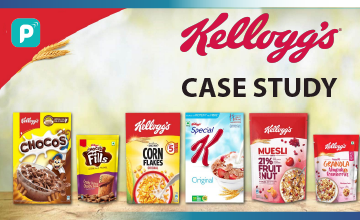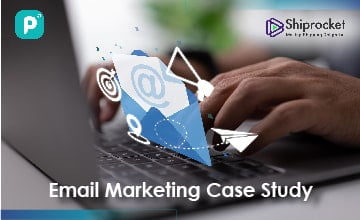Kellogg’s, a household name in the breakfast cereal industry, has been a pioneer in the food manufacturing sector for over a century. Founded in 1906 by Will Keith Kellogg, the company has grown to become a global leader in the production and marketing of cereals and convenience foods. With iconic brands like Frosted Flakes, Special K, and Rice Krispies under its belt, Kellogg’s has maintained a strong market presence, synonymous with quality and nutrition.
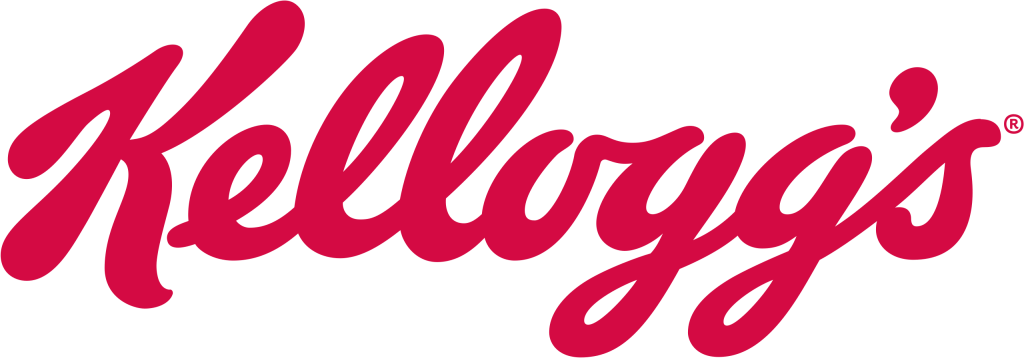
In recent years, Kellogg’s has faced the challenge of adapting to the changing landscape of consumer behavior, driven by the rise of digital technology and e-commerce. As more consumers turn to online channels for shopping and information, traditional marketing methods have become less effective in reaching and engaging with the target audience. This shift has necessitated the need for Kellogg’s to develop a robust digital marketing strategy to connect with modern consumers and remain competitive in the market.

Challenges that Stood in the Way
Kellogg’s faced several challenges in connecting with its target audience in the digital age. The competitive landscape in the food industry has become increasingly crowded, with new entrants and innovative products vying for consumers’ attention. Additionally, changing consumer behaviors, such as a preference for healthier options and a desire for personalized experiences, have further complicated Kellogg’s marketing efforts. These challenges prompted Kellogg’s to reevaluate its marketing approach and explore new strategies to engage with its target audience effectively.
Strategy of Email Campaigns
Kellogg’s decision to leverage email pop-ups as a key element of its digital marketing strategy was driven by several factors. Firstly, email pop-ups are a cost-effective way to capture leads and build a database of potential customers. By offering incentives such as discounts or exclusive content, Kellogg’s could entice visitors to sign up for their email list, thereby increasing their reach and engagement with their target audience.
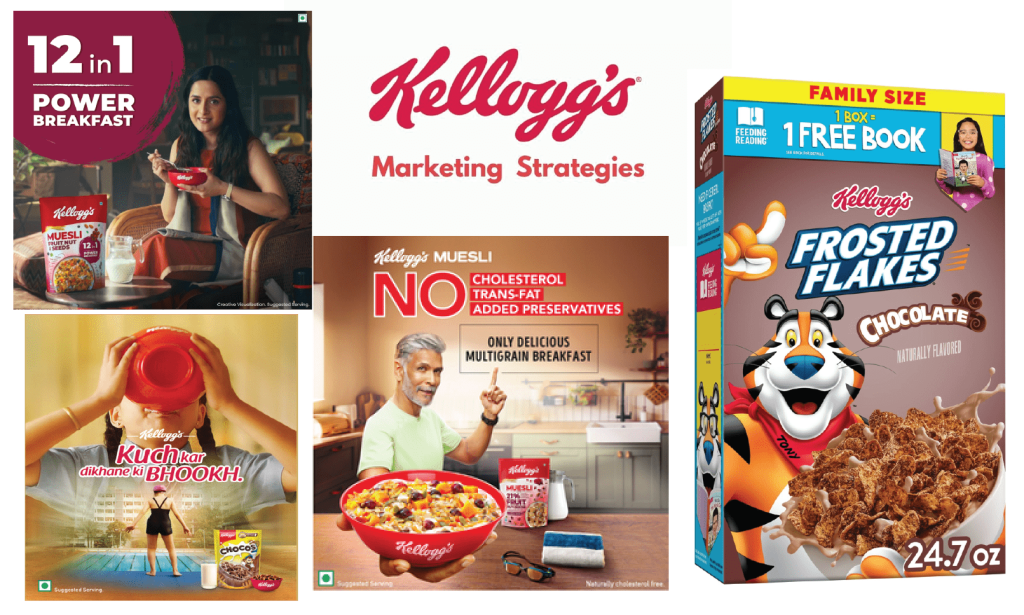
Additionally, email pop-ups can be strategically placed on Kellogg’s website to target specific segments of their audience. For example, they could use exit-intent pop-ups to target visitors who are about to leave the site without making a purchase, or they could use timed pop-ups to target visitors who have been on the site for a certain amount of time.
Furthermore, email pop-ups can be used to drive traffic to specific landing pages or product pages, helping to increase conversions and sales. By providing relevant and valuable content in their pop-ups, Kellogg’s could encourage visitors to explore more of their website and ultimately make a purchase.
Execution
Kellogg’s implemented its email pop-up campaign with a focus on engaging design, compelling incentives, and seamless integration with its website and digital platforms. The design of the pop-ups was carefully crafted to be visually appealing and consistent with Kellogg’s brand identity. They used eye-catching colors, engaging copy, and clear call-to-action buttons to encourage visitors to subscribe to their email list.
In terms of incentives, Kellogg’s offered a variety of options to entice visitors to sign up. These included discounts on Kellogg’s products, access to exclusive content such as recipes and nutritional tips, and entry into sweepstakes and contests. By offering valuable incentives, Kellogg’s was able to increase the perceived value of subscribing to their email list and encourage more sign-ups.
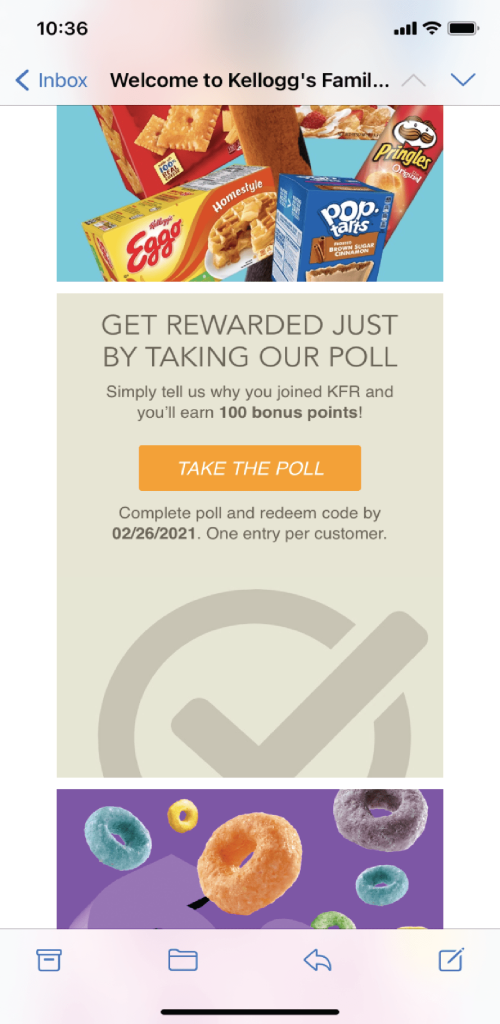
Kellogg’s also integrated its email pop-up campaign with its website and digital platforms to ensure a seamless user experience. The pop-ups were strategically placed on key pages of the website, such as the homepage, product pages, and blog posts, to maximize visibility and engagement. Additionally, Kellogg’s used cookies and tracking pixels to personalize the pop-ups based on users’ browsing behavior, making them more relevant and compelling to individual visitors.
A/B testing and targeting strategies were used to optimize the effectiveness of the email pop-up campaign. Kellogg’s tested different variations of the pop-ups, including different designs, copy, and incentives, to identify which ones resonated most with their audience. They also used targeting strategies to show the pop-ups to specific segments of their audience, such as new visitors, returning visitors, and customers who had previously made a purchase. By refining their approach based on the results of these tests, Kellogg’s was able to continuously improve the performance of their email pop-up campaign.
Results
The email pop-up campaign yielded impressive results for Kellogg’s, including a significant increase in email subscribers, engagement metrics, and ultimately, sales. The campaign helped Kellogg’s grow its email list by 30% within the first month, with a conversion rate of over 20% for visitors who interacted with the pop-ups. Engagement metrics, such as open rates and click-through rates for emails sent to subscribers acquired through the pop-up campaign, were also above industry averages.

Qualitatively, the campaign had a positive impact on brand perception and customer loyalty. Customers who signed up through the pop-ups reported feeling more connected to the Kellogg’s brand and were more likely to purchase Kellogg’s products in the future. Additionally, the campaign helped Kellogg’s gain valuable insights into their audience’s preferences and behaviors, allowing them to tailor their marketing efforts more effectively in the future.
Key Learnings
Kellogg’s email pop-up campaign provided several valuable lessons that can be applied to future marketing efforts. One key learning was the importance of offering valuable incentives to entice visitors to sign up. By providing discounts, exclusive content, and entry into sweepstakes, Kellogg’s was able to increase the perceived value of subscribing to their email list and encourage more sign-ups.
Another important lesson was the value of A/B testing and targeting strategies in optimizing the effectiveness of email pop-ups. By testing different variations of the pop-ups and targeting them to specific segments of their audience, Kellogg’s was able to identify what resonated most with their audience and refine their approach accordingly.
Best practices for implementing email pop-ups based on Kellogg’s experience include:
- Designing visually appealing pop-ups that are consistent with your brand identity.
- Offering valuable incentives to encourage sign-ups.
- Integrating pop-ups seamlessly with your website and digital platforms.
- Using A/B testing and targeting strategies to optimize performance.
- Monitoring and analyzing metrics to track the effectiveness of your pop-up campaign.
Conclusion
Kellogg’s email pop-up campaign played a significant role in its marketing success by helping them achieve key objectives such as increasing brand awareness, driving website traffic, and boosting sales. The campaign demonstrated the power of innovative digital marketing strategies in engaging with customers and driving meaningful results for businesses.
In today’s competitive landscape, innovative digital marketing strategies are more important than ever. Kellogg’s email pop-up campaign is a prime example of how a creative and well-executed digital marketing initiative can have a significant impact on a company’s success. By leveraging email pop-ups, Kellogg’s was able to engage with their audience in a more personalized way, build a database of potential customers, and ultimately drive sales. As digital marketing continues to evolve, businesses that embrace innovation and creativity will be best positioned to succeed in engaging with their audience and driving business growth.
Ready to boost your marketing game? Discover the winning strategies behind the most popular brands and unlock the secrets to engaging your audience like never before! Start your journey to marketing success by emailing us at [email protected].
All images belong to their respective owners. Please email [email protected] if removal is required.

